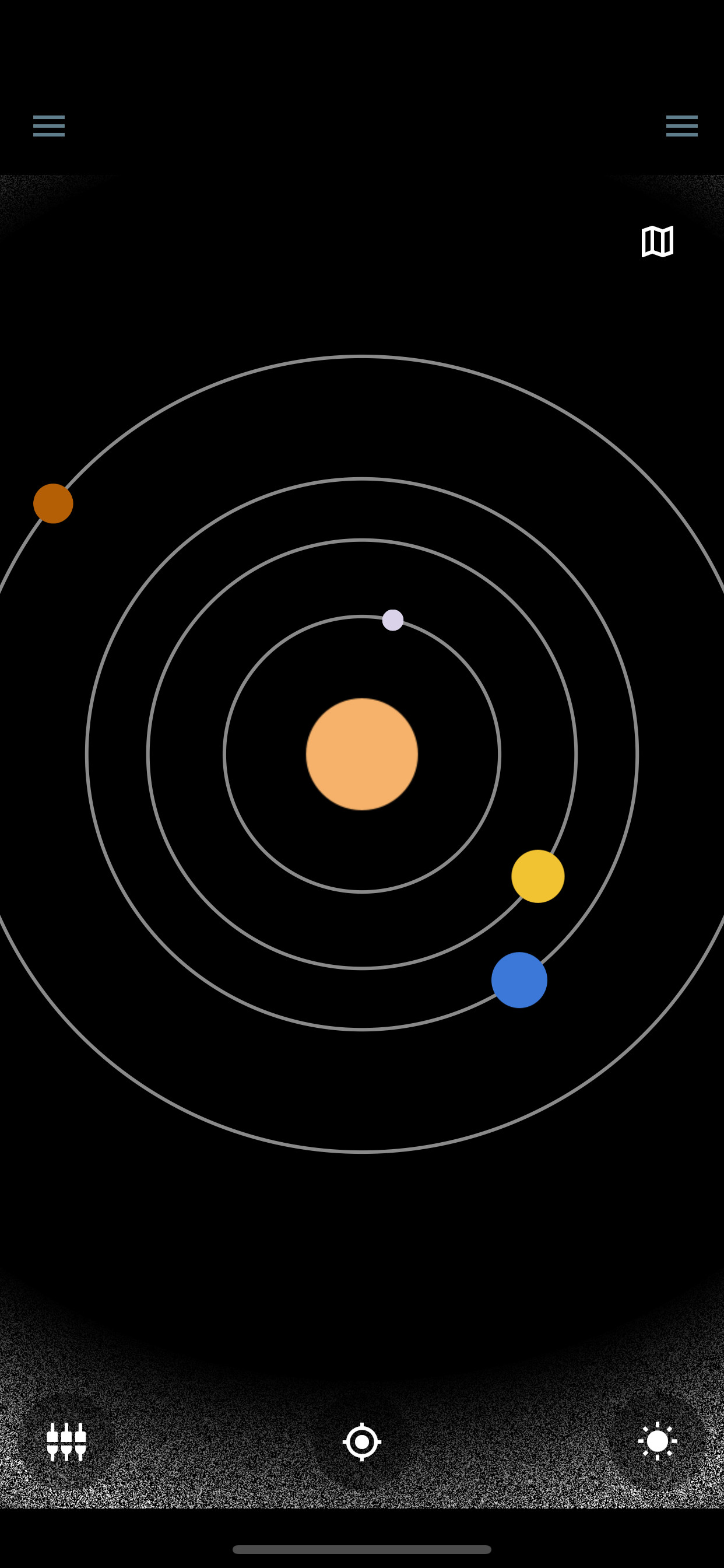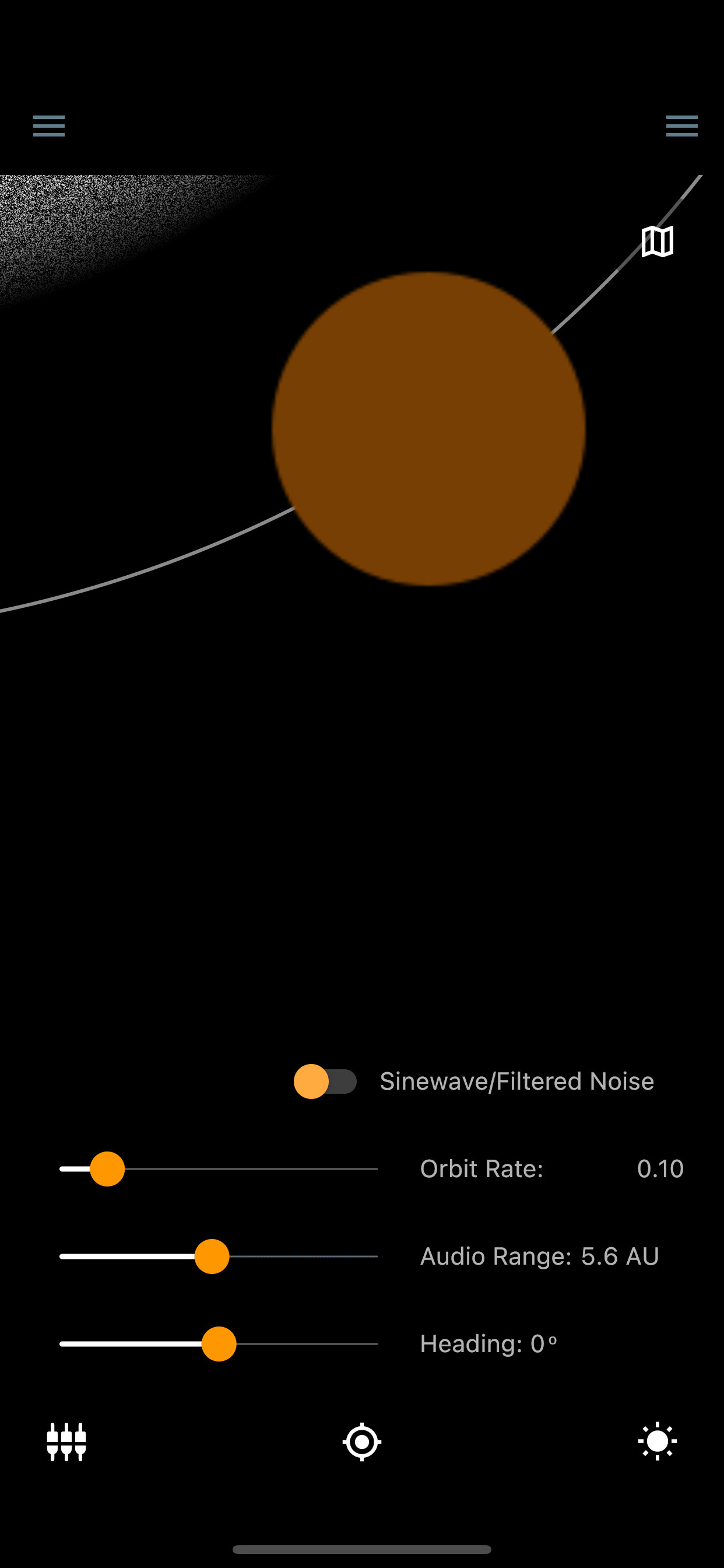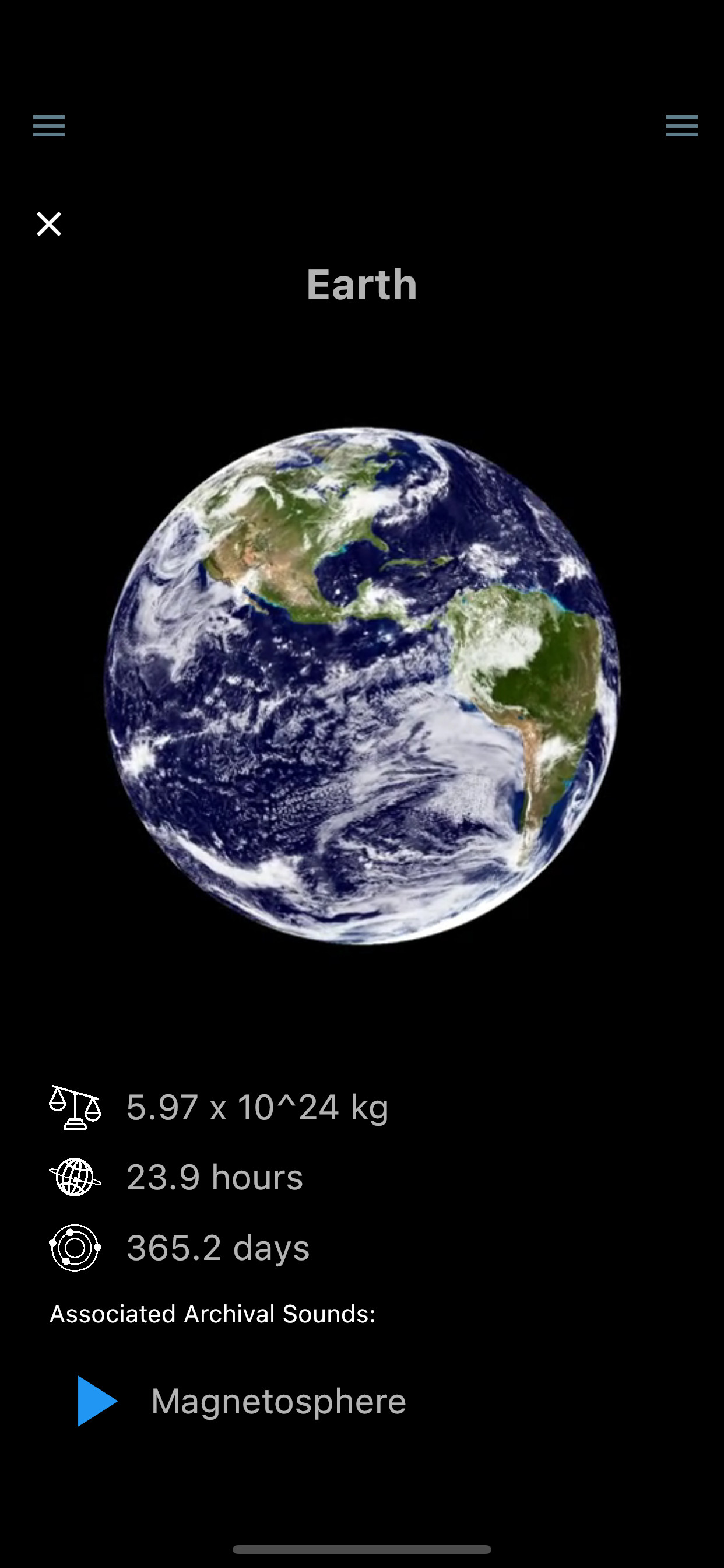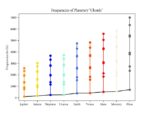Wanderers – 2021
In .
 Download iOS app
Download iOS app
Wanderers in the CU News (12.7.21)
Created by Roberto Azaretto, Jiffer Harriman and Teri Rueb
Description
Five planets — Mercury, Venus, Mars, Jupiter, and Saturn were known to the ancients. To the unaided eye, these planets appear starlike. However, the planets moved relative to the stars. For this reason they were called wandering stars. Our word "planet" comes from the Greek word planetes, meaning "wanderer."
Smithsonian Museum of Air and Space
Wanderers is a responsive sound experience delivered via a mobile app that responds to the visitor’s movement as sensed by GPS. A complement to the Colorado Scale Model Solar System represented by plaques that extend from the Fiske Planetarium to Colorado Boulevard on the CU Boulder campus, Wanderers offers another mode of experiencing this model where visitors are free to explore the sonic, temporal and spatial dynamics of our Solar System as a responsive soundscape that extends in all directions from the Sun, located in front of the Fiske Planetarium.
The Solar System as a model conjures the image of spinning spheres marching around the Sun in a grand promenade, lined up as if in formation. Yet our more common experience of the Solar System is found in staring at a night sky, pondering the planets and constellations, or noting the rising and setting of the Sun as it carves its daily path, rendering us as tiny figures in a complex pattern of space and time. Wanderers invites the mobile listener to explore a sonification of the Solar System in which the relative mass and orbital period of the planets in our Solar System are expressed sonically, with each celestial body having its own “soundprint”. As the mobile listener wanders, and the sonified celestial bodies move at their relative orbital speeds, the participant hears a dynamic soundscape where the volume and direction of the sounds changes depending on the participant’s position and perspective. Participants may toggle sounds on/off using the right menu, and using the slider tools (bottom left icon) may alter parameters of the sonification including: speed of orbit, audio range: radius within which sounds can be heard, sound palette used, and heading.
Interface
Sonification
The general principles underlying the sound design are simplicity and clarity. The eight planets in the Solar System and the dwarf planet Pluto are all represented as sounding objects that move in the plane according to a scaled representation of their orbits. These planetary sound objects or “chords” all have the same type of pitch structure—a group of nine frequencies that correspond to the logarithm of the inverse of the mass of each planet. The lowest frequency of each of these structures also expresses this proportional relationship.
The sounds corresponding to each planet appear to move in space following their orbits by the manipulation of their image on the stereo field. Users can alter the velocity of this movement, as well as the direction in which they are presumed to move (which will affect the trajectory of the planets), and the scope of the “hearing range” (the size of the imaginary area in which planetary sounds are audible).
Asteroid belts
In addition to the Sun and the planets, the sonification includes representations of the asteroid belt between Mars and Jupiter, the Trojan group of asteroids located in the vicinity of Jupiter, and the Kuiper belt, a disc of objects in the outer Solar System that extends from the orbit of Neptune—at 30 astronomical units—to approximately 50 AU from the Sun.






